Dressage tragic, pilates trainer and rider coach, Rebecca Ashton explains how anyone and everyone can lighten their horse’s load. She also took the photos…
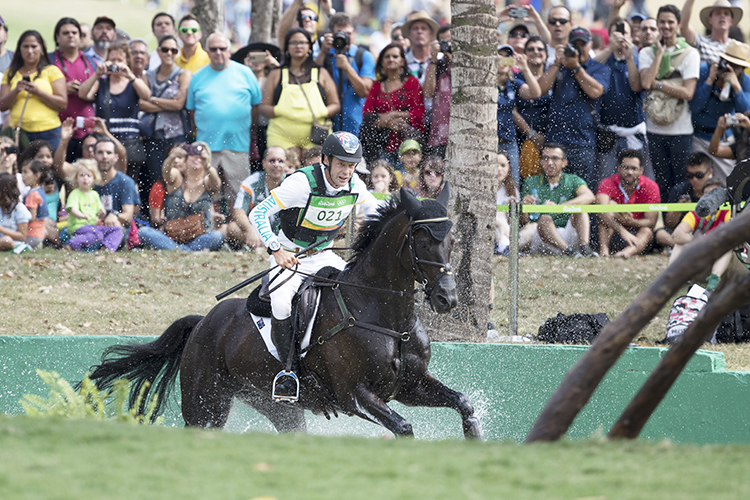
Don’t you hate them – the naturals – riders like Christopher Burton or Charlotte Dujardin or Daniel Deuser. They are just naturally with their horse, I think they were probably born like that. But the good news is that the rest of us, the mere mortals, may never show their brand of effortless ease, but with a little thought, and using a few techniques that I am going to outline, we can do a lot to make us an easy load for our horses…
I’m lucky, when I am not riding or teaching riding, I am a Pilates instructor and I can draw on the knowledge that we need for pilates to help my riders – and myself!
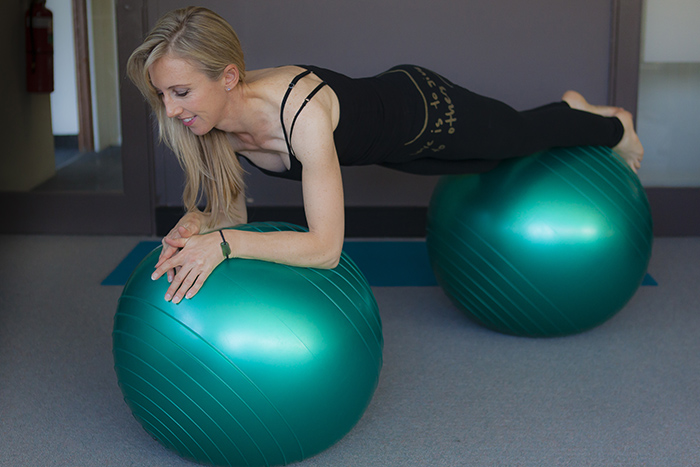
When it comes to horse riders, I always like to have the image of gymnasts on uneven bars. They’re strong flexible and they have a “bounce”, a nimbleness and fluidity to them.
That’s the secret, neither too rigid or too floppy, that’s what we are aiming for.
As riders, if our bodies are too strong and rigid, we will be against the movement of the horse and possibly bang against his back and potentially injure not only him but ourselves as well.
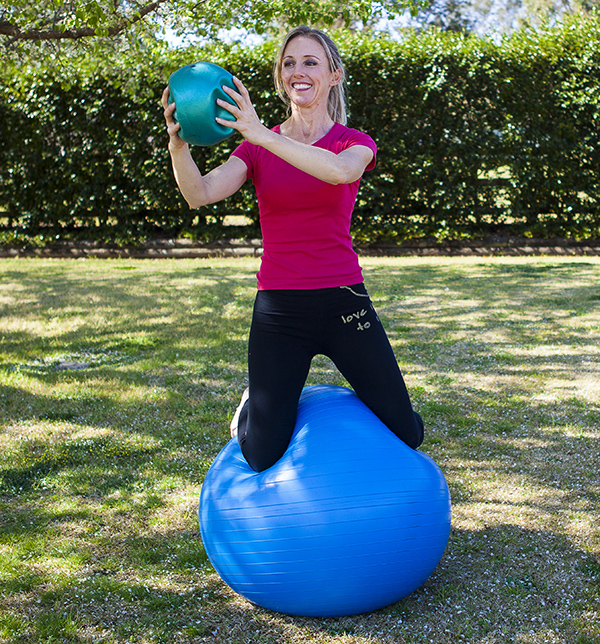
If our bodies are too passive and floppy, we end up behind the movement of the horse. “Oh but I have to be soft!” I hear you say. Not exactly. The body needs tone. But you don’t want stiffness and you don’t want to work from less efficient areas in your body, for example, using your legs to grip and balance instead of your core.
Always keep in mind… stability comes from mobility and gets rid of rigidity. If you want to be still relative to something moving, you have to move! Take the canter, for example. I think people very often feel they need to be still. They then get tight throughout their body and the movement of the horse has to go somewhere so it usually ends up with the shoulders rocking. Instead you need controlled movement.
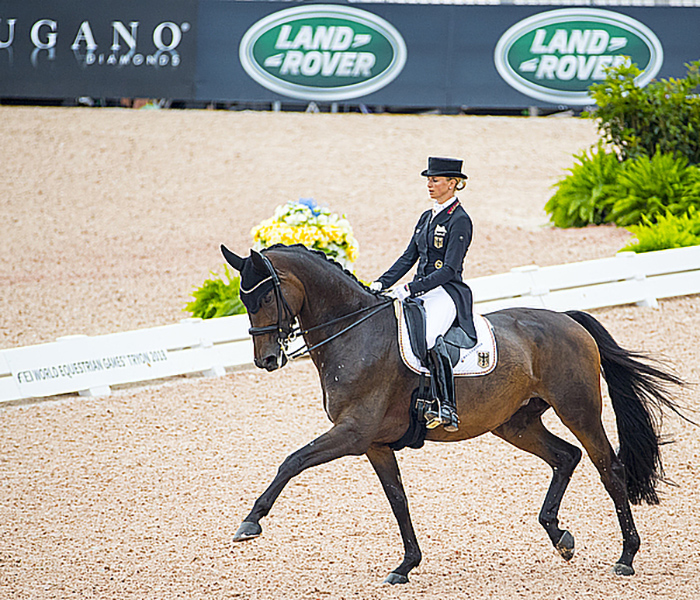
RIDERS TO WATCH – Jessica Von Bredow-Werndl
I know Jessica does a lot of fitness work off the horse; core strength and yoga mainly, which make her light in the saddle but also keeps her on a very steady keel mentally. Watch her kur at last year’s Europeans on Dalera and tell me you wouldn’t want to be at one with your horse like that. She’s light an elegant and stays out of her horse’s way. She makes it all look easy…which is how it should look.
Tensegrity – what on earth is it?
There’s also another term that’s handy to get your head around as a rider: Tensegrity. Have the image that the bones in your body “float” in soft tissue. The compression is not continuous, like bricks in a house. So, if something isn’t right in one part of the body, it’s quite possibly coming from somewhere else. We need to look at the whole structure. As a result, it can also be helpful to think of floating parts of the body into place rather than stacking your ribs and pelvis, for example. Think that there is space and ease in the body.
story continues below the advertisement
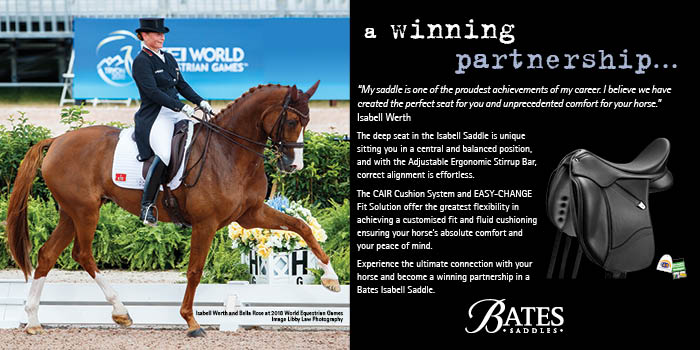
So, how do we get stability? We need to learn to balance well and in a dynamic situation. This requires learning to balance on unstable surfaces. Then as riders, that’s not the end. You also have to do something, give aids and influence the horse, while balancing on not only an unstable surface but a moving unstable surface! Balance requires constant adjustment. If you don’t constantly adjust, it means you’re gripping somewhere and that in turn will put you out of sync with the horse. This can flatten the horse, slow him down or cause him to hollow his back and scurry off. It may also be the cause of what riders sometimes feel is their horse not being supple enough. If you’re not balanced well as a rider, you could be blocking his way.
So, how do we improve our balance and suppleness? Here are some ideas to help you be an easier load for your horse to carry.
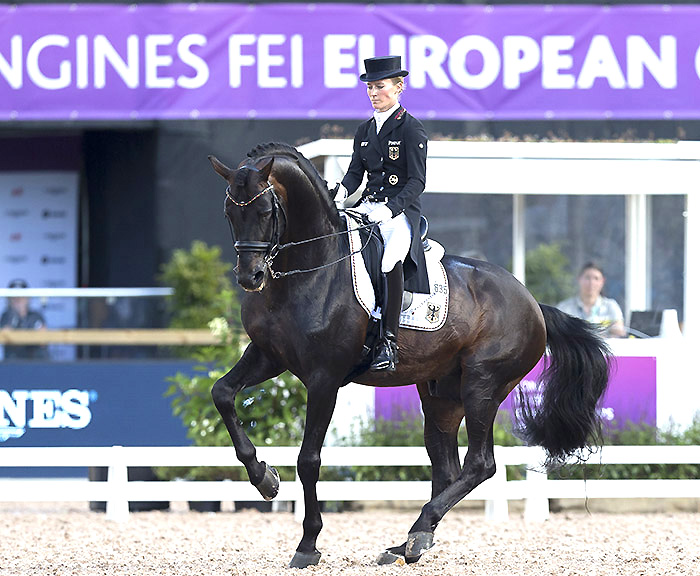
RIDERS TO WATCH: Helen Langenhanenberg
The thing I love about Helen is that she’s just a little thing but influences her horses with precision. She’s only 165cm and under 50kgs but can ride horses like Vayron who’s up near the 19hh mark. You can only do that when you are in perfect balance with your horse so your light aids actually have an influence. It’s impossible for her to use brute strength. She must be influential, strong in the core but still remain in harmony with her horse so her aids can be perfectly timed.
GET A HANDLE ON YOUR FEAR
One way of improving our dynamic stability is working on getting rid of fear. Fear stiffens us, not only as we hold our body, but as we hold our breath. This is then just a cascade of negative consequences as your body goes into survival mode. Not only do you revert to a dominant sympathetic nervous system rather than parasympathetic, your heart rate increases, your breathing becomes shallow and your body folds up, ready to fight, run or hide. This also takes you out of your flow state.
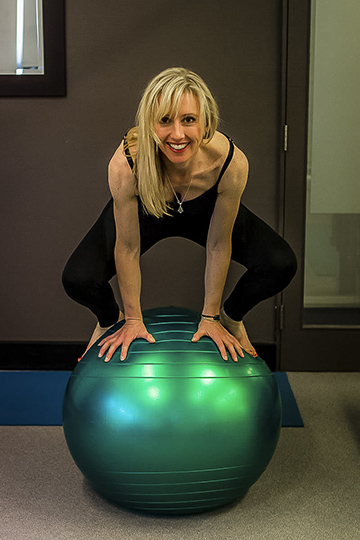
Training yourself to overcome fear requires you to become comfortable with being uncomfortable. One way you might use to work with your fear is doing difficult things in a controlled environment. This might be an exercise practice such as standing on fit balls with foam mats around or being lunged on the horse with no reins or stirrups. You might need someone to “push” you to get to that place. You might need to focus on mental work such as meditation. This can decrease stress, but done long enough and with enough consistency, it can force you to look at what frightens you and why you react how you do; to really self analyse with honesty. In this way, meditation can make you more resilient.
Sometimes, you just need to metaphorically close your eyes, feel the fear and do it anyway. It might be a disaster, but so what if it is? More likely it won’t be. Push the “uncomfortable goal posts” wider, yes, you CAN do it.
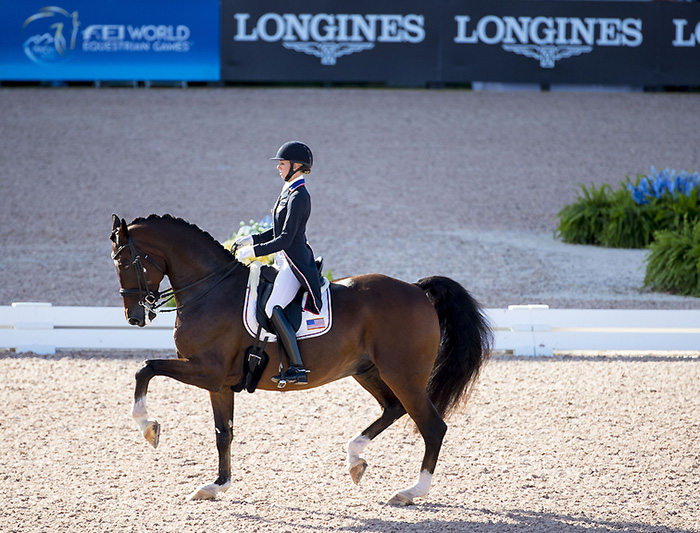
RIDERS TO WATCH – Laura Graves
Is there a more elegant dressage rider? It’s hard to see Laura give an aid, her horses are so responsive. However, if you want your horse that hot off the leg, you better be sure you can remain balanced and in rhythm. Laura is a master of this.
She’s the epitome of light and elastic.
THE DYNAMIC CORE
There are a lot of instructors who tell you to engage your core and there are a lot of articles about exercises which will strengthen your core (which often include a lot of static planks and the like). Although there are many worthwhile points made and it’s all coming from a good place, I think some riders get this generic stiffening of the torso, a restriction of the diaphragm and you start to get this image of people just pulling their tummies in so much to the point of holding their breath, as the diaphragm becomes more of a stabiliser rather than a “breathing muscle”.
story continues after the advertisement
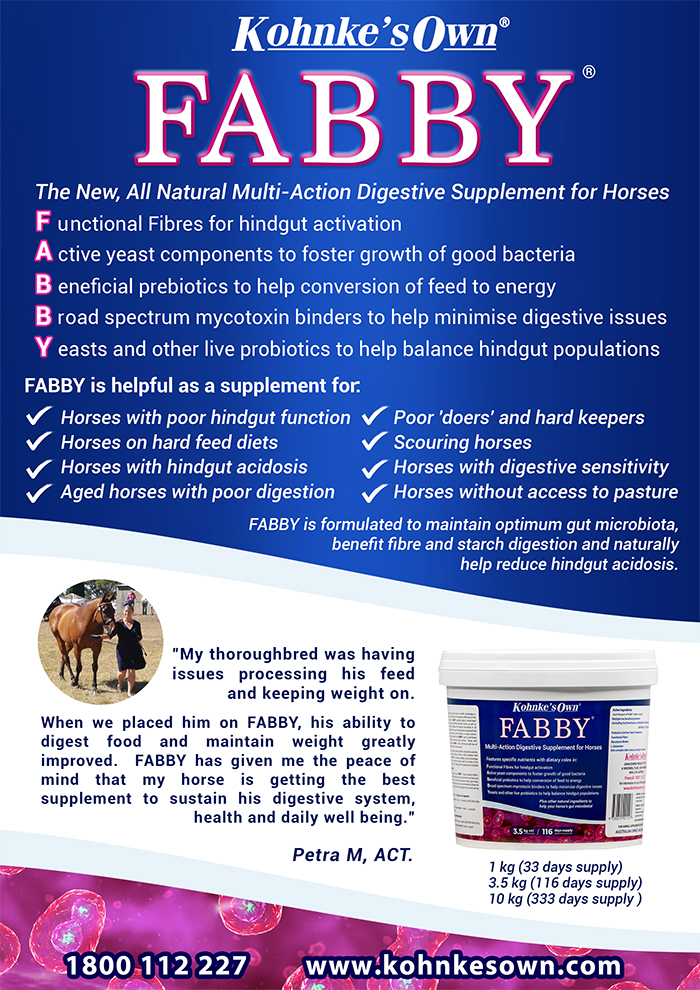
There’s a little bit more to it than that. Although the focus is the organisation of the rider’s torso and the stability of the pelvis in particular, you’ve got to think more of the intra abdominal pressure. This is relative to the anticipated load and the activity you’re about to undertake. I think a lot of peoplebelieveyou need abs of steel to ride. Maybe in a way you do, especially on a big moving horse. You have to have enough muscle engagement to guide the horse rather than let it guide you, but it’s more dynamic than setting yourself in the Incredible Hulk pose!
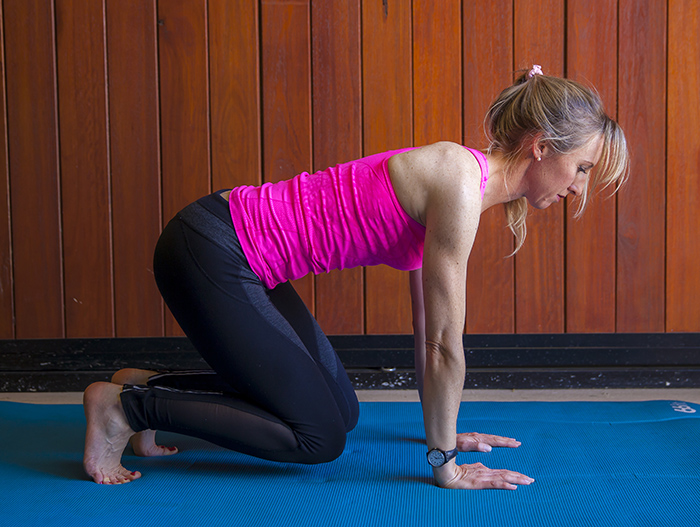
That’s where it’s important to train for your activity, even maybe more specifically your discipline. So, even though I love pilates, you can’t just do pilates. You have to do your sport, so your body begins reacting spontaneously to the movement of the horse.
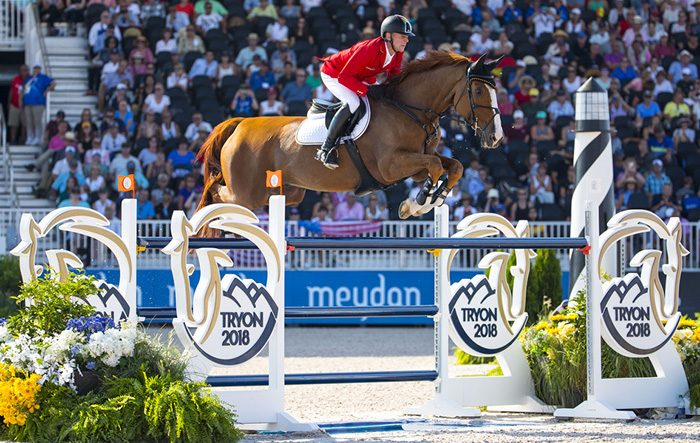
RIDERS TO WATCH – Marcus Ehning
Marcus looks like he was born jumping Grand Prix courses. He always stays out of the horse’s way and lets the horse get on with the jump. You’d barely know he was there….and I mean that in the best possible way. He’s quite a small guy but he can adjust his horses with precision. You can’t do that if you have lag in your body.
One way you can bring more awareness to your riding is placing “Franklin balls” under your seat bones when you are in the saddle. You’ll get the feeling of elasticity in your seat, allow the horse’s back to lift up under you… and you’ll definitely find it hard to “grip” anywhere!
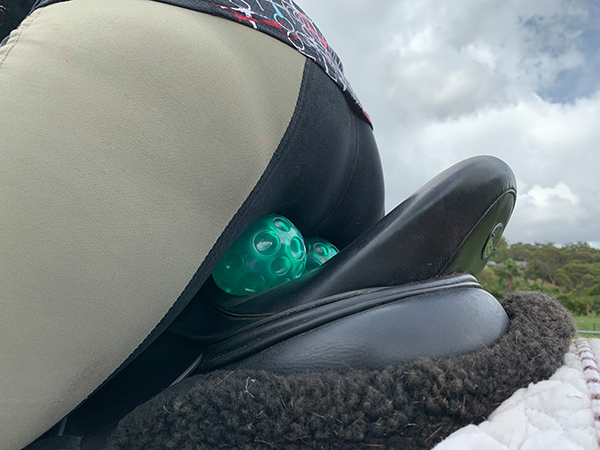
Movement practices like pilates will help you organise your body better for when you do ride. The better organised and supple the body, the better it can do what the dressage coach is asking of it! Or indeed what the horse requires of you.
It gives the rider better movement options. For example, when you don’t know your body very well, it’s like just knowing your ABC. Then you progress to Dr Seuss books and as your vocabulary improves you continue on until you can read Shakespeare. I think it’s a bit like that with the body. The awareness and balance you improve while off the horse helps organise the ribs in relation to the pelvis in relation to the legs and all of that in relation to the horse. It allows this process to happen quicker and eventually spontaneously. This is important for life – when you’re about to slip over – and important when you’re on top of a flight animal. Add to this the extra pressure of a competition and you really want that thought and reaction in the body to be immediate,spontaneous, coordinated and efficient.
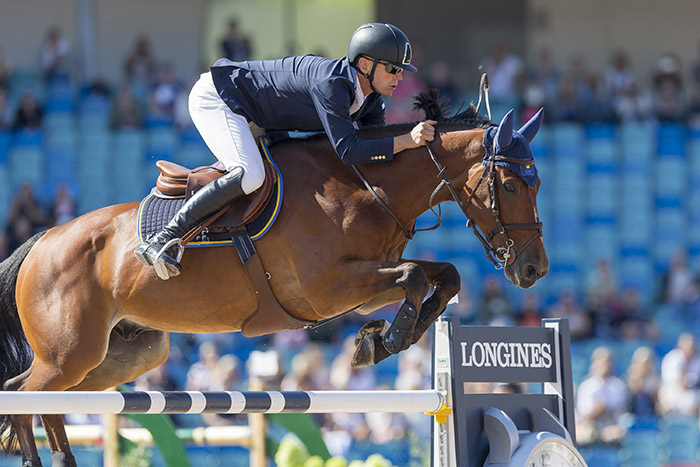
RIDERS TO WATCH – Peder Fredrikson
When it comes to a jump off when the pressure is really on, Peder never looks flustered. He never panics mentally (or if he does, you’d never know!) and he certainly remains fluid in his body. Some riders become jerky and over help their horse in high stress situations. You’d never see that with Peder. Harmonic, balanced and in sync with his horse always.
story continues below the advertisment
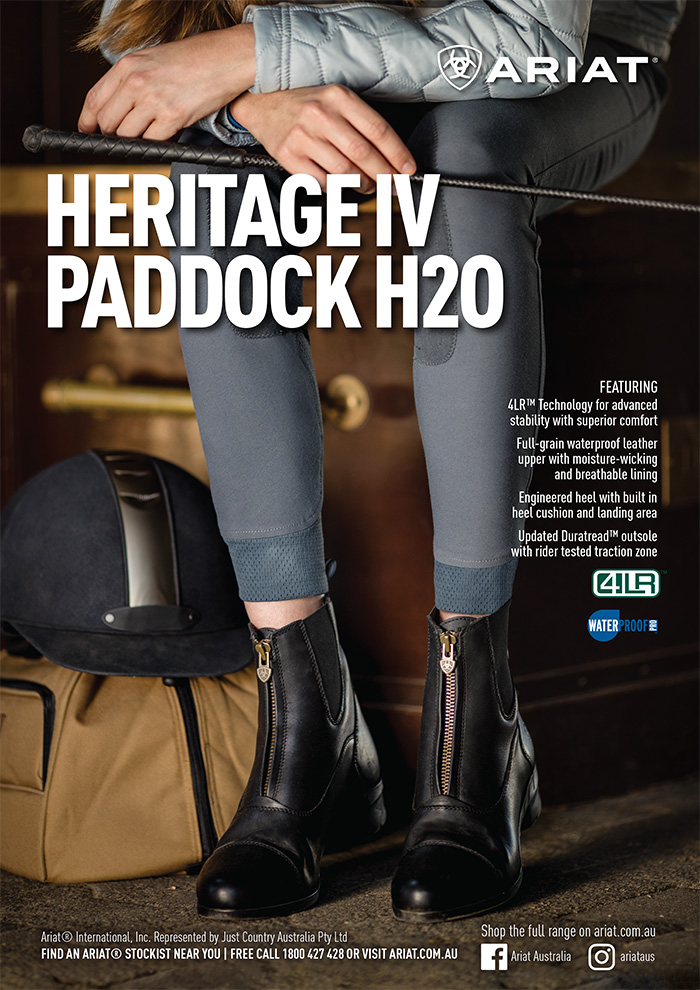
LESS IS MORE
Think that you’re riding with your bones but your skin is relaxed. That image can help you become more stable from within and relaxes the outer muscles a bit. We’ve established that the intra abdominal pressure that creates your dynamic core can depend on the movement you’re riding, if you need to half halt and rebalance your horse or ride forward. The changes needed in the body happen too quickly for conscious adjustment, especially at the higher level of riding or if you’re in a precarious situation.
That’s why you want to be training your body off the horse also, so the reactions become spontaneous. It’s also why I love the Oov. Oh no, I hear you say, she’s off on her Oov rant again!
For those of you who have managed to miss my earlier songs of praise for the Oov, it is a piece of equipment that wasdeveloped by Australian osteopath and neuroscientist Daniel Vladeta just over 10 years ago. I have been using one for four years.
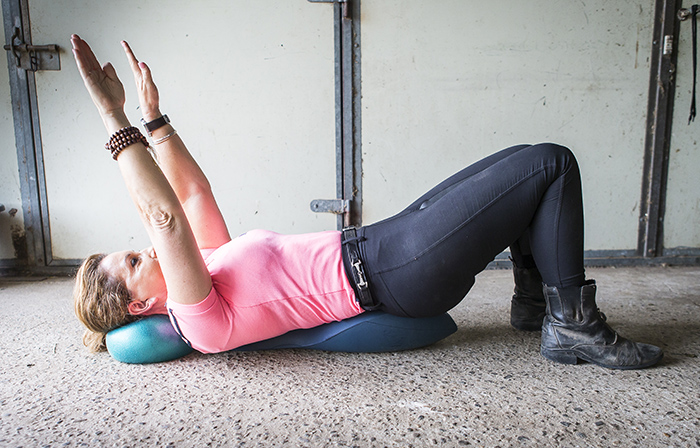
The Oov is an exercise prop that helps destabilise the body. Because of its shape, it allows the spine to be in a good neutral position and also allows space for the hips and shoulders to sit correctly, rather than be pushed around by the solid ground underneath when you’re lying on the floor. You can do many, many mat exercises using the Oov to increase instability and hence dynamic balance. Remember… stability is controlled mobility!
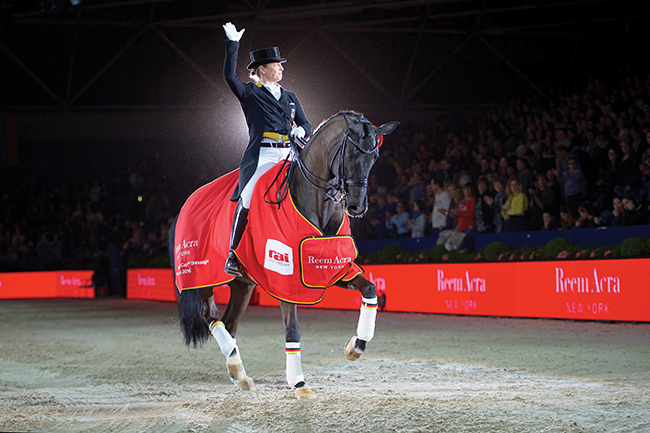
The body already knows what to do but due to negative thoughts, sympathetic nervous system, injury and habits, it may become less efficient. Using the Oov is a way of eliminating rigidity strategies and helps the body rebalance again. Have you ever been in a situation where you’ve been having riding lessons from an instructor for a while then you might go to a clinic and the new instructor tells you, in one statement, the missing key. You come back to inform your usual instructor who, with an exacerbated sigh, informs you she’s been telling you that for years! We all learn differently and understand differently. What makes sense to one person might need to be totally rephrased for another. Riding is even more difficult as it evolves so much around feel…and we can all feel things very differently. This is where the Oov is so great. It doesn’t rely on anyone saying anything. It’s all about how your own body interacts with the Oova and the Oov informing the body to work in the most efficient way possible.
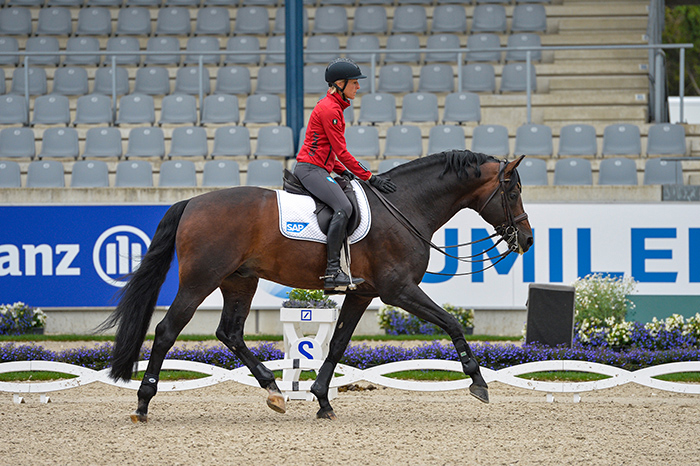
RIDERS TO WATCH – Ingrid Klimke
Ingrid has proved herself so adjustable in being able to jump (no pun intended) from one discipline to another. Her body never seems to get “stuck” in one shape or only adaptable to one discipline. When she rides the Grand Prix dressage test at Aachen, she never looks like an event rider just having a go.
Her body remains very adjustable, even as she gets older.
story continues below the advertisment
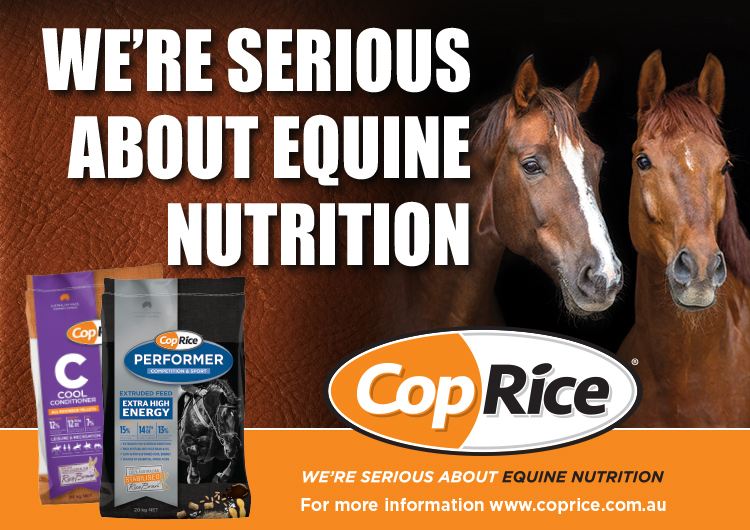
BREATHING
While the topic of breathing is an article in itself and there are even books on good breathing practice, I’ll touch on breathing in time with the horse and how this can influence the horse. A lot of people hold their breath while they ride. In fact, some riders seem capable of riding a whole dressage test on one breath. A skill indeed! Holding your breath can be caused by fear, trying too hard or using your diaphragm for its secondary role as a stabiliser because other muscles aren’t working in the best possible way. Learning to breathe well on a horse can positively affect the tone in your body and help you stay in balance with your horse.
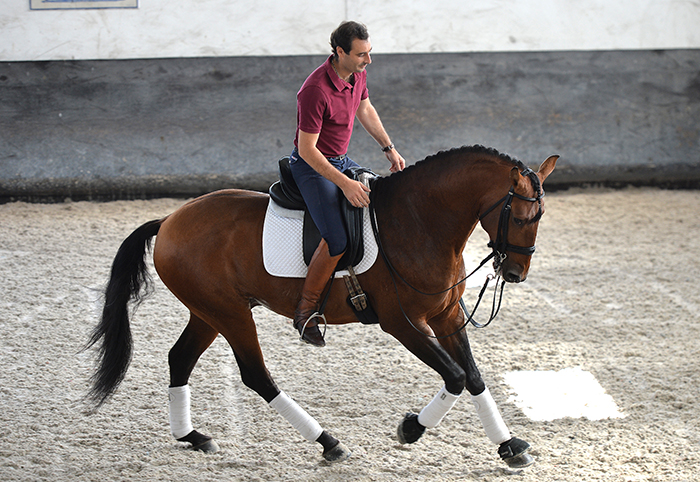
Rodrigo Torres – totally in balance
I’ve seen instructor and physio Susanne Von Dietze work so beautifully with riders and their breath. Using different breaths (like you’re fogging up glass or blowing up a balloon) can help engage different areas of the body. Exhaling on a half halt can make the aids more effective, breathing out for as long as you can with a gentle emphasis in the horse’s rhythm can help bring bounce and flow to the canter, emphasising every second stride in the passage can help and gently breathing every stride in the piaffe can be magic. Play around, see what works with your horse.
Holding your breath will also cause your deep stabilising muscles to get tighter and tighter, leading to rigidity. The diaphragm is not only part of the core but connected to so many other parts of the body, (even the eyes!) Actually everything is connected to everything else.
FASCIA
Fascia is tissue that encases basically everything, including muscles. It’s a bit like the cling wrap you use to keep food fresh. Made mostly of collagen, it wasn’t that long ago that fascia was thought of as just “stuff” that you had to cut through to get to the important muscles or organs in the body. Now we’re learning more and more about it. To keep it simple, fascia stops everything squishing together! The big fascial spirals hold everything in place. But that’s just one role it plays. The more we learn about fascia, the more extraordinary we realise is its function. There’s different types of fascia, but it’s all connected.
So, why am I mentioning it here? Inefficient fascia function can create poor movement patterns. It has fibres that can get tangled or sticky, like a spider’s web, but ideally we want it to slide and glide and hold its structure, which in healthy fascia has a lattice shape. Well-constructed fascia can affect your balance. Because fascia is all connected, it’s also a reason why a problem in one part of your body might be originating from a totally different part of your body. If you get delayed muscle soreness, it’s probably fascia.
As riders, we need to be nimble, this is where good fascia function is worth looking at. If fascia is too sloppy or too tight, the muscles have to work harder. You need elastic fascia. You know how some people just look clunky? Well, elegance very much involves good fascia function as well as the muscles. Also, power tends to be not so much from muscles but stored kinetic energy in the fascia.
There are so many elements that can negatively affect fascia: stress, sedentary lifestyle, diet, dehydration and poor movement patterns to name a few.
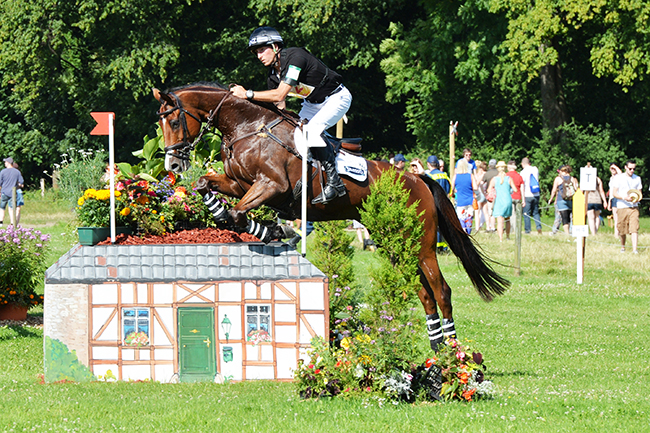
RIDERS TO WATCH: Tim Price
It’s always interesting for me to see these bigger guys go cross country. It must be much harder for them to readjust, rebalance and realign with their longer limbs and torso at speed over those big, solid jumps. Tim is one of the best. He’s athletic and really able to stay in balance with his horse and help it out of sticky situations.
How to help your fascia:
Sometimes restrictions are not just that the muscles are tight but that the fascia is stuck. Dynamic stretches within your range of movement should help.
It’s an elastic tissue so play with movement to help it improve its function. When you stretch out, it squeezes the water out of the fascia and when it relaxes back, new, fresh water comes back in. It’s a sad fact but the older we get, usually the dryer we get! The speed of movement is also important. Vigorous and rapid stretching increases collagen strength. Slow, fluid motion softens the connective tissue. The best way to improve fascia function is to engage long myofascial chains rather than isolating muscles. So play with big, long movements. For example, standing with outstretched arms above your head and alternately reaching one hand down to the opposite foot and back up again; “scissor legs” where you lie on your back with your legs to the ceiling and head, neck and shoulders off the ground, scissor your legs, catching and stretching each leg as it comes toward your chest.
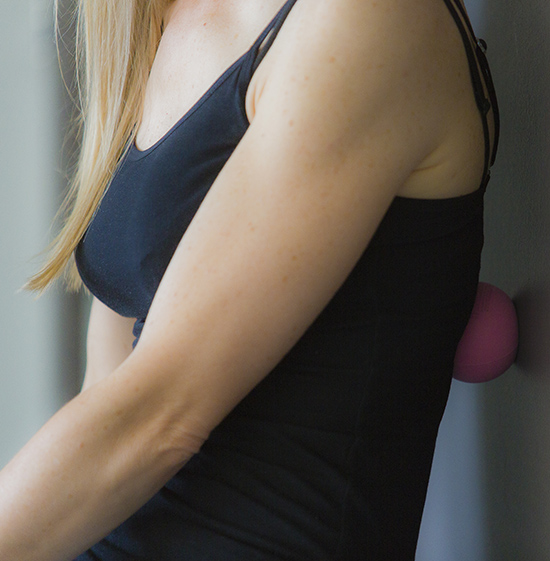
Vary the angles so you get different vertical loading. You can use a foam roller or small ball to pressure point areas to help with knots or stuck fascia. If you need to “unstick” fascia in this way, you don’t want to move the ball or roller more than a millimetre or two per breathing cycle. You also need to do different movements and exercises. The same ones over and over can start to distort fascia as well.
story continues below the advertisment
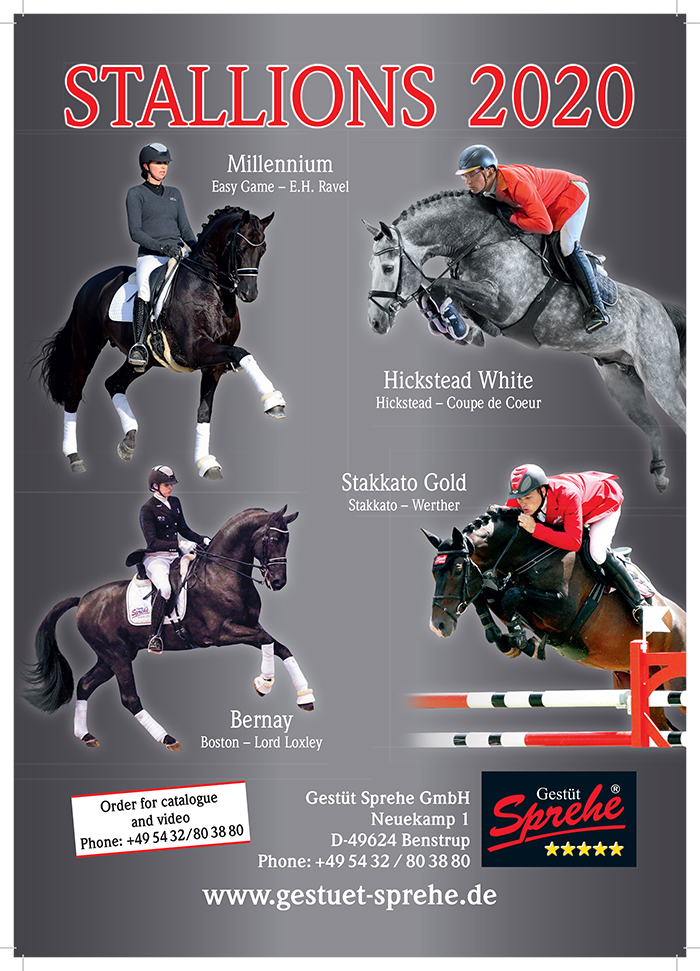
ISOLATING TO UNIFY
So, the fascia and tensegrity shows us how everything is connected. Sometimeswe need to bring awareness to different areas of the body so we can fire them up and get them working efficiently. There’s a standard “learning process” that says we progress from unconscious incompetence, conscious incompetence, conscious competence and finally unconscious competence. We’re always striving for that final, spontaneous, perfect result! There’s argument that you can train the body best by skipping the conscious competence.
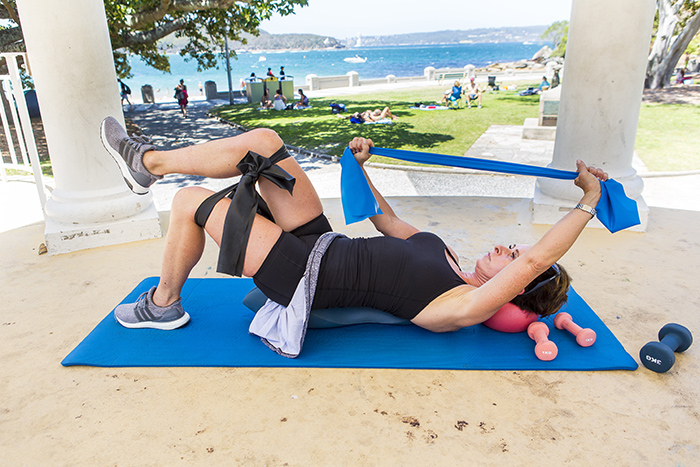
Putting the body in situations where the environment (resistance bands and pilates balls, for example) will instruct the body, the mind need play no part. Sometimes though I think it can be helpful on a horse to “feel” into or highlight different parts of the body as riding is such a foreign place and movement for the body to be in and act. Are you able to keep both sides of your horse equal on a circle? Does he fall in like a motorbike? For example, the outside of your horse has to describe a larger circle than the inside. Are you riding this or is your outside seat bone lagging too much allowing him to drift out? Are you able to keep the horse trotting forward in rhythm while executing counter shoulder in on a circle? This requires the hips to swing forward in the horse’s rhythm while rotating the upper body to the outside of the circle and having the legs give a shoulder in aid. This is a complex movement… for horse and rider! Often the rider will “stop riding” when they do lateral work. So, better body awareness, balance and coordination will help your body work better as a whole, make you lighter in the saddle and stop you giving mixed signals to your horse.
These are areas to address so instead of restricting your horse, you can instead guide him to find new or more refined ways to move his body.
RIDERS TO WATCH AND WATCH AND WATCH – Dorothee Schneider
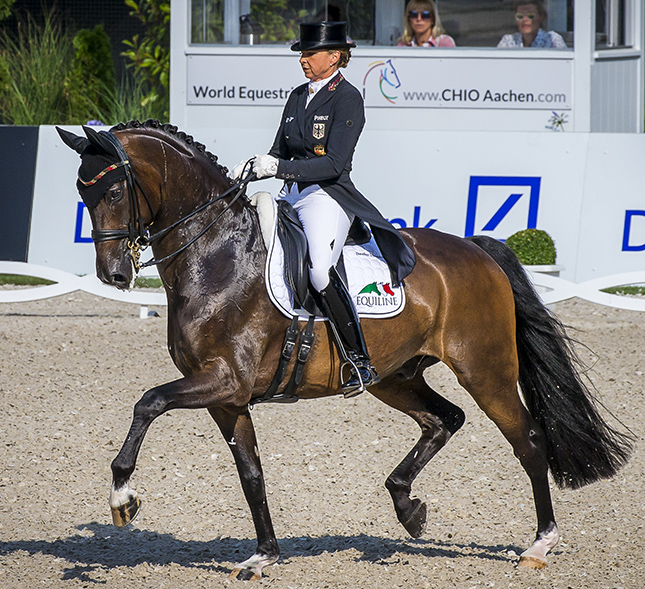
I hope I haven’t made this too technical, if you are more visual than wordy, I have made up a little video that shows you how some of these exercises should look – just click on to it here.


